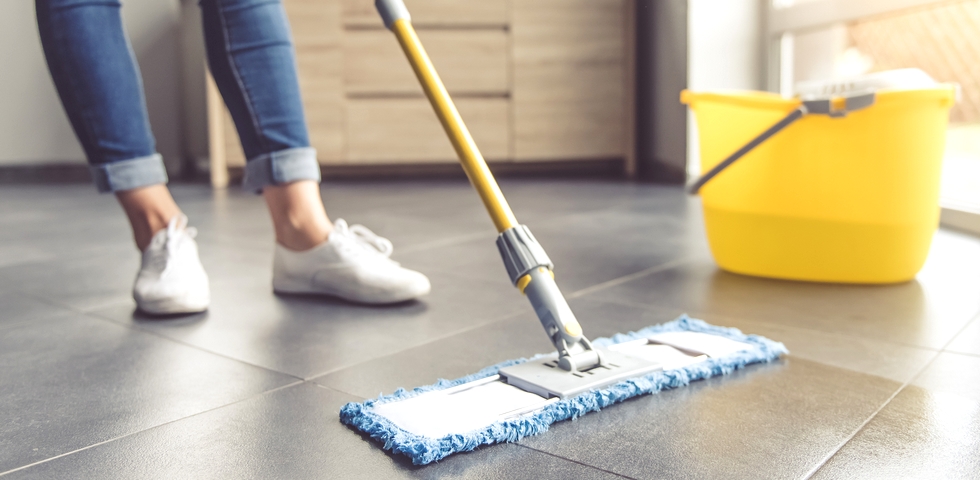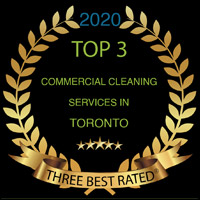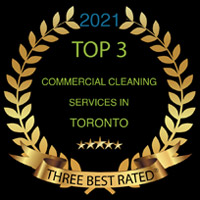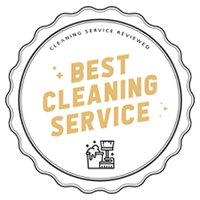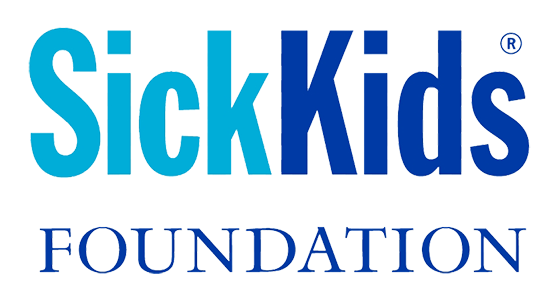paneraicopy.com has the latest and most complete Panerai replica watches. Go to this website to buy replica Panerai watches and you will never be disappointed.
Perfect rolex submariner replica for sale available online, and luxury replica watches with Swiss movements assure the top quality.
These Hublot replica watches are among the first true Hublot replica to be made available.
Mopping is one of the best ways to clean the floors in your office, store or restaurant. This should be a pretty straightforward task, especially if you don’t have much ground to cover. When you are mopping, you want to be as thorough as possible. You should start by removing any obstructive furniture, such as chairs, tables, and rugs. Then, mop each area while leaving no surface or corner untouched.
Sometimes, mopping feels so simple that many people rush through the process to get it done. As a result, mistakes are often made that reduces the effectiveness and efficiency of the cleaning. Even though mopping does not require a lot of expertise, you should still pay attention to your efforts. If you did not mop correctly, you may leave behind unsightly streaks or traces of dirt on the floors.
There are several techniques to make mopping easier and faster to perform. Below are the six best practices on how to mop a floor correctly:
1. Before mopping, you should sweep or vacuum first.
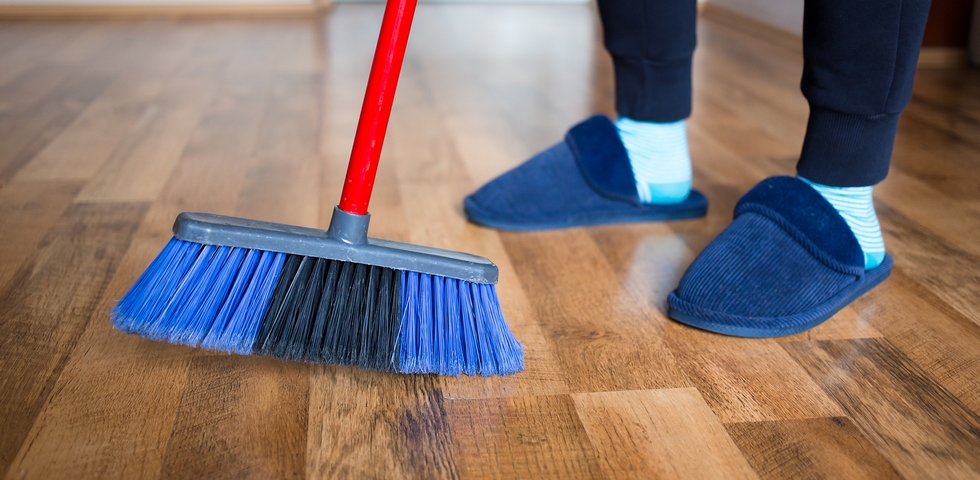
You may be wondering why your floors are always dirty, no matter how often you clean them. This is because you have been mopping the floors while they are covered in tons of debris. Instead of cleaning the floor, you are facilitating the spread of the dirt. It is counterproductive and one of the common mistakes that people make with cleaning floors.
Before you embark on the actual cleaning, you should give the area a clean sweep or a quick vacuum. This way, you can clear off the dust and dirt that will make your subsequent mopping more effective.
2. You should use the right kind of mop.
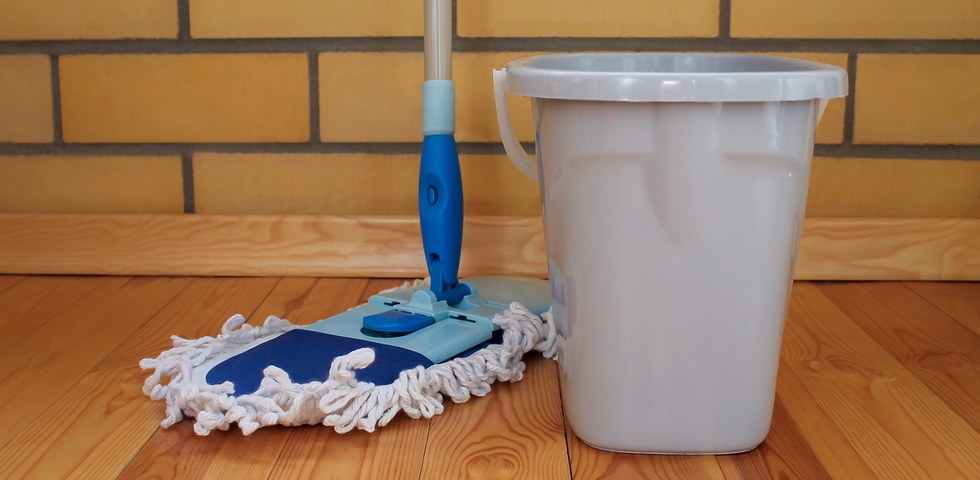
There are several varieties of mops available, each serving a different function. The most popular type is the string mop, which usually comes with a wringer. The wringer should be located around the handle and is used to squeeze out the water into a bucket. These types of mops are mostly used in commercial premises, such as when you are cleaning institutions or restaurants. The string mops are sturdy, reliable, and often get the cleaning job done.
However, there are other types of mops as well. For instance, you may prefer using the sponge mops, which work best for hardwood and laminate flooring due to their ability to hold minimal amounts of water. You can also use strip mops, which generally hold more water than sponge mops, but they are ideal for reaching floor corners and edges.
3. Use different cleaning materials to suit the floor type.
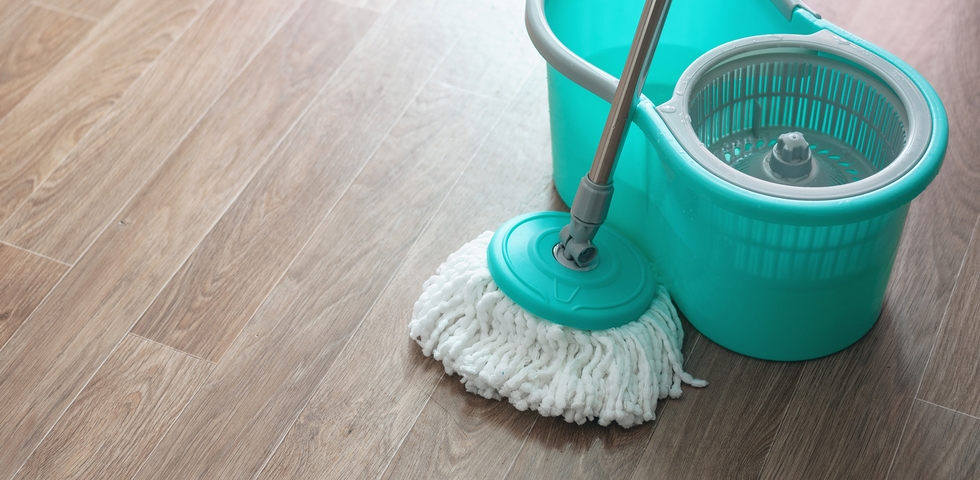
There is a wide range of flooring materials, including hardwoods, vinyl, linoleum, and tiles. Each floor type requires specific cleaning materials and techniques. When cleaning hardwood floors with either a polyurethane or wax finishing, go for mild soaps and a damp mop. Stay away from commercial floor cleaners containing polish. You should also avoid using too much water to keep the wood from warping.
For cleaning vinyl floors, you may want to use apple cider vinegar solutions, which are ideal for removing dirt and disinfecting germs. For cleaning stone tiles, you will need to mop with a neutral PH cleaner to prevent discolouration. For cleaning ceramic tiles, you should use white vinegar and water due to their powerful yet odour-eliminating effect.
4. You should use the right amount of cleaning solution.
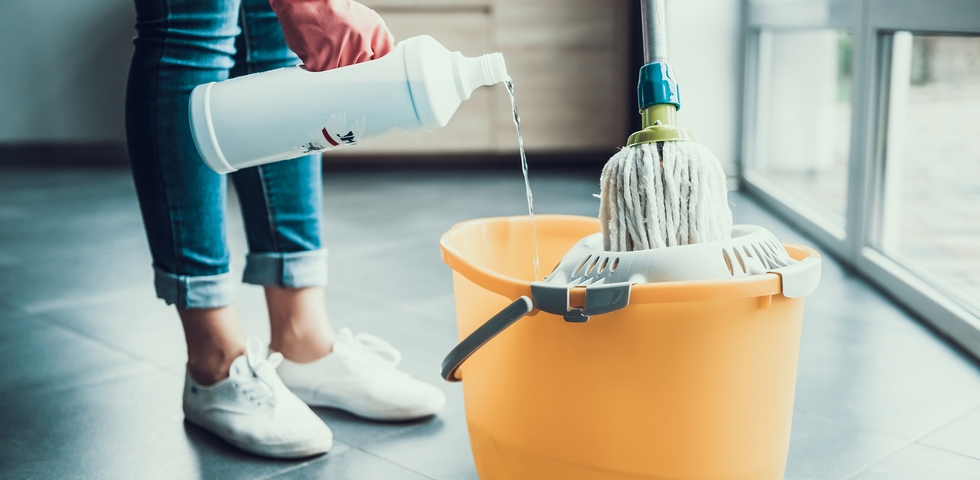
Applying the right amount of cleaning solution is crucial. You should use just enough soap to avoid leaving behind sticky floor residues, which could easily trap more dirt. During the application, mix the cleaner with warm water, while keeping the bucket half-full so that the mop is immersed wholly in the water. Also, get two cleaning buckets. One bucket will contain the cleaner-filled water, while the other is for rinse water. If necessary, refresh the water as you go.
When you choose a cleaning solution, the idea is to steer clear of harsh chemicals that might damage the floors. If you are unsure of which cleaning agent to use, consult a cleaning expert for advice.
5. Mop the floors in individual sections.
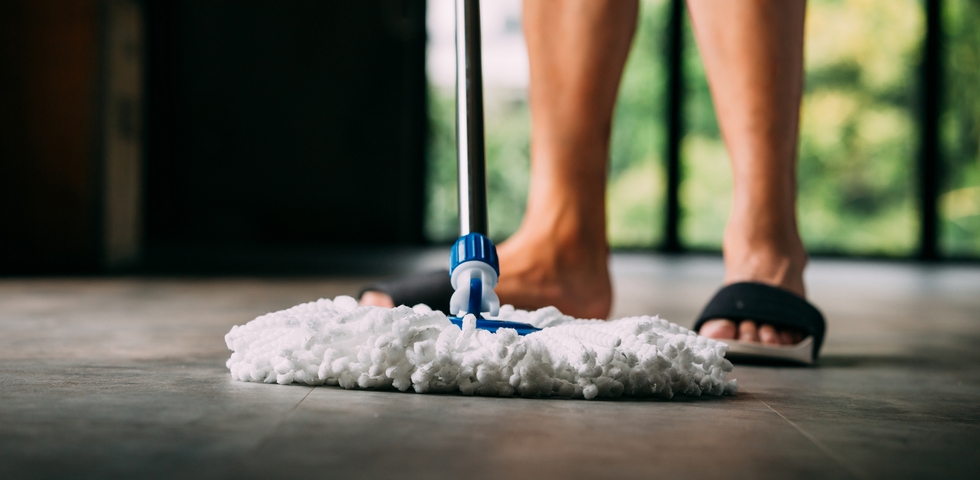
Mopping the floors in sections is recommended because it maximizes your efficiency. Start by washing one corner of the room and work backwards towards the exit. This way, you avoid stepping on the already cleaned area. For the best results, mop along the course of the wood grains when cleaning hardwood floors and wipe in smaller rhythms for textured floors.
Should you come across stubborn sticky spots, quickly rub over the spot back and forth while applying pressure. At some point, you may need to scrub the floors with paper towels and sponges. Repeat this for all the floor sections, making sure that you rinse out of each mopped area thoroughly before tackling the next. If you notice a visible gray colour in either the wash water or the rinse water, empty and refill the buckets immediately.
6. After mopping, clean the tools and let the floors dry.
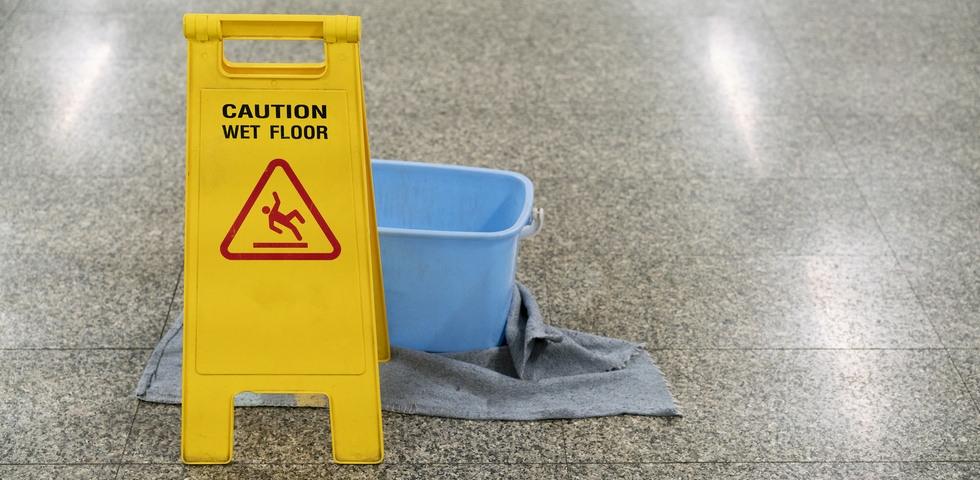
After mopping the floor, allow it to air dry by opening a door or window in the room. Soak the head of the mop in bleach water solution to disinfect it. Leave this for about ten minutes before rinsing and wringing out the excess water. Doing so minimizes the growth of bacteria and mould in the surplus water. As you wait for your mop to dry, rinse the mop bucket as well.

